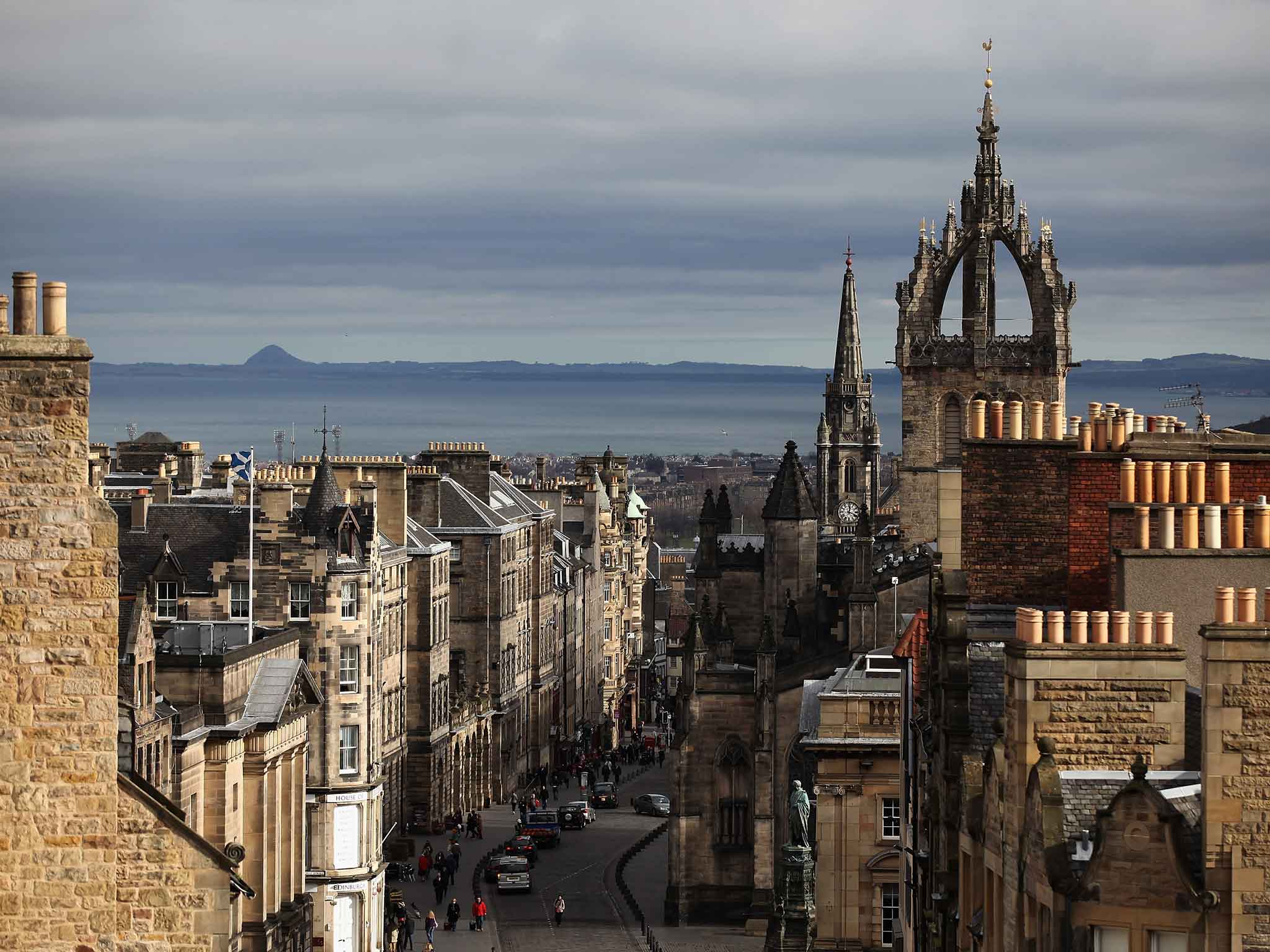Skeletons found in Edinburgh car park 'could be noble family from the Dark Ages'
The mass burial in Cramond, believed to be the oldest occupied village in Scotland, was uncovered in 1975

Nine bodies found in a car park 40 years ago could be members of a noble family from the Dark Ages, new research has suggested.
The mass burial in Cramond, Edinburgh, believed to be the oldest occupied village in Scotland, was uncovered in 1975 during an excavation of a Roman Bathhouse found at the site of a car park.
They were initially thought to be victims of the bubonic plague but new research techniques have dated the individuals back another 800 years to the 6th Century AD.
The discovery has also raised the question of whether Cramond could be the site of a royal stronghold.
Researchers were able to create lifelike facial representations for the 1,500-year-old skeletons with the help of state-of-the-art computer programming.
The research was led by a team from the City of Edinburgh Council.
Using forensic, isotopic and DNA techniques, they found the burials belonged to more than one generation of a single family, with two of the bodies thought to be warriors due to their multiple healed wounds.
At least one and possibly three family members suffered a violent end. One female suffered shattering blows to the head and two males bear severe wounds which they had survived.
Due to the unique nature of the burial and positioning of bodies, it is thought the victims could be members of a noble family.
John Lawson, the City of Edinburgh Council archaeologist who led the investigation, said: "Many mysteries remain but thanks to CSI techniques, we've managed to make great strides in our understanding of Scotland's Cramond burials.
"The study has provided important evidence of life during this time of political turmoil and has helped us answer questions about the Dark Ages, but it has also opened up a whole new world of questions.
"Why did these people migrate to Cramond? What was so special about this area during the Dark Ages? Why were some of them murdered but given a special burial?
"If this grave was indeed the burial crypt of a noble or royal family, it suggests Cramond just might be a royal stronghold of the Gododdin.
"If this is the case, these findings have a significant impact on what is known about the history of Scotland and northern Britain during the Dark Ages."
A free exhibition exploring the discovery will open at the City of Edinburgh Council's Museum of Edinburgh on Friday.
The project has been aided by Historic Scotland and the Cramond Heritage Trust, with forensic support from the University of Edinburgh, isotopic research through the University of Aberdeen, and DNA analysis from the Natural History Museum in London.
There are thought to have been five or six infants in the grave, ranging in age from unborn to four or five.
The remains of the children have not survived as well as those of the adults, making it difficult to say exactly how many there were.
Press Association
Join our commenting forum
Join thought-provoking conversations, follow other Independent readers and see their replies
Comments